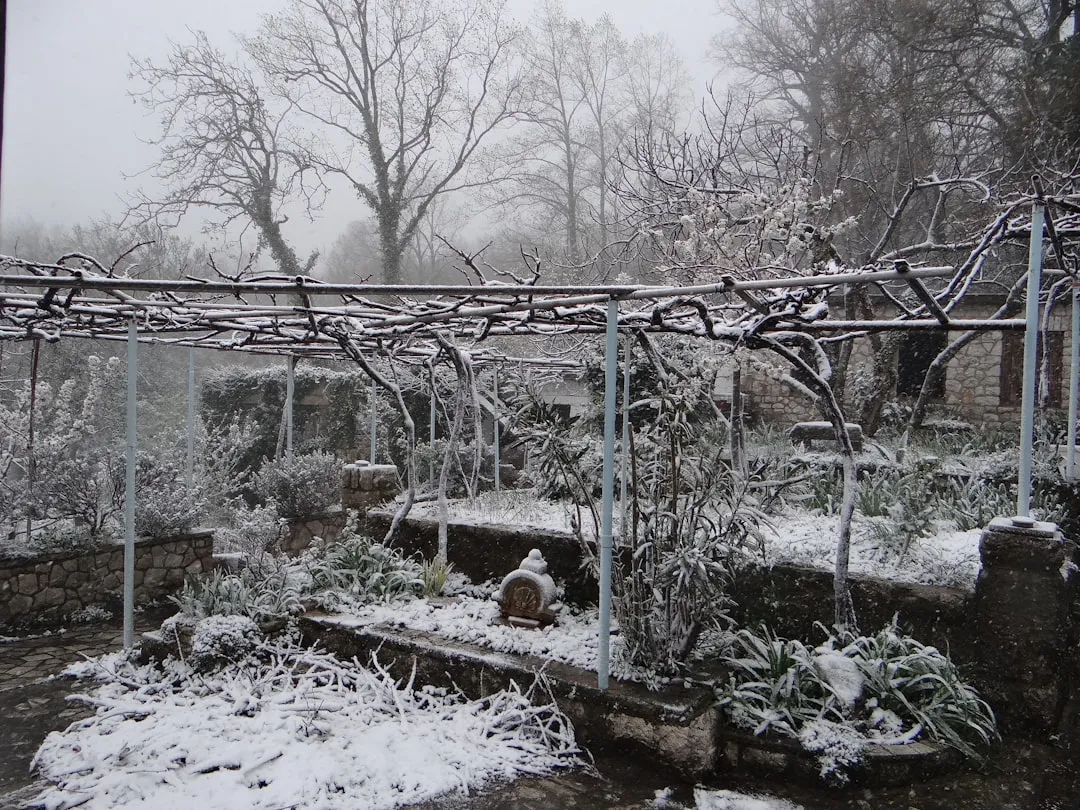The Secret to a Lush and Clover - Free Lawn

Maintaining a beautiful yard is a dream for many homeowners. A well - kept lawn not only enhances the aesthetic appeal of your property but also provides a comfortable space for relaxation and outdoor activities. One common issue that plagues many lawns is the presence of clover. In this article, we will explore various ways to get rid of clover in your lawn, as well as the benefits of embracing a mixed - species lawn.
Understanding Clover in Lawns
Clover is a common weed that often finds its way into lawns. It has small, round leaves and can spread quickly, competing with your grass for nutrients, water, and sunlight. There are several reasons why clover might appear in your lawn. For instance, if your soil is low in nitrogen, clover can thrive because it has the ability to fix nitrogen from the air. Also, over - watering or under - watering your lawn can create conditions that are favorable for clover growth.
Using Fertilizer to Control Clover
Fertilizer plays a crucial role in maintaining a healthy lawn and can be an effective tool in controlling clover. Since clover thrives in nitrogen - poor soil, applying a nitrogen - rich fertilizer can give your grass a competitive edge. Look for a high - quality lawn fertilizer with a balanced ratio of nitrogen, phosphorus, and potassium (NPK).
When applying fertilizer, make sure to follow the instructions on the package carefully. Over - fertilizing can damage your grass and may even lead to environmental problems. It's best to fertilize your lawn in the early spring and fall when the grass is actively growing. This will help your grass grow thick and strong, making it more difficult for clover to establish itself.
Herbicides for Clover Removal
If the clover problem in your lawn is severe, you may need to consider using herbicides. There are two main types of herbicides: selective and non - selective. Selective herbicides are designed to target specific weeds, such as clover, without harming your grass. Non - selective herbicides, on the other hand, will kill any plant they come into contact with.
When using herbicides, it's important to choose the right product for your lawn. Read the label carefully to ensure that it is safe for your type of grass. Also, wear protective clothing, such as gloves and a mask, when applying herbicides to avoid skin and respiratory irritation. Apply the herbicide on a calm day to prevent it from drifting onto other plants or areas of your yard.
Mechanical Methods of Clover Removal
In addition to fertilizers and herbicides, there are mechanical methods you can use to get rid of clover. One simple way is to manually pull out the clover plants. This is a labor - intensive method, but it can be effective for small areas. Make sure to pull the clover out by the roots to prevent it from growing back.
You can also use a lawn mower to cut the clover down. Set your mower to a low height and mow your lawn regularly. This will prevent the clover from flowering and producing seeds, which will help reduce its spread over time.
Embracing a Mixed - Species Lawn
While getting rid of clover is a common goal for many lawn owners, there are actually some benefits to having a mixed - species lawn. Clover can help improve soil health by fixing nitrogen, which can reduce the need for synthetic fertilizers. It also attracts beneficial insects, such as bees, which are important for pollination.
A mixed - species lawn can also be more resilient to pests and diseases. Different types of plants have different strengths and weaknesses, so having a variety of species in your lawn can make it more resistant to environmental stressors. If you decide to embrace a mixed - species lawn, you can still manage the clover population by mowing regularly and maintaining proper lawn care practices.
In conclusion, caring for your yard and dealing with clover in your lawn requires a combination of strategies. Whether you choose to get rid of clover or embrace a mixed - species lawn, the key is to maintain a healthy and balanced lawn environment. By using fertilizers, herbicides, mechanical methods, and making informed decisions about your lawn's composition, you can achieve a beautiful and thriving yard.